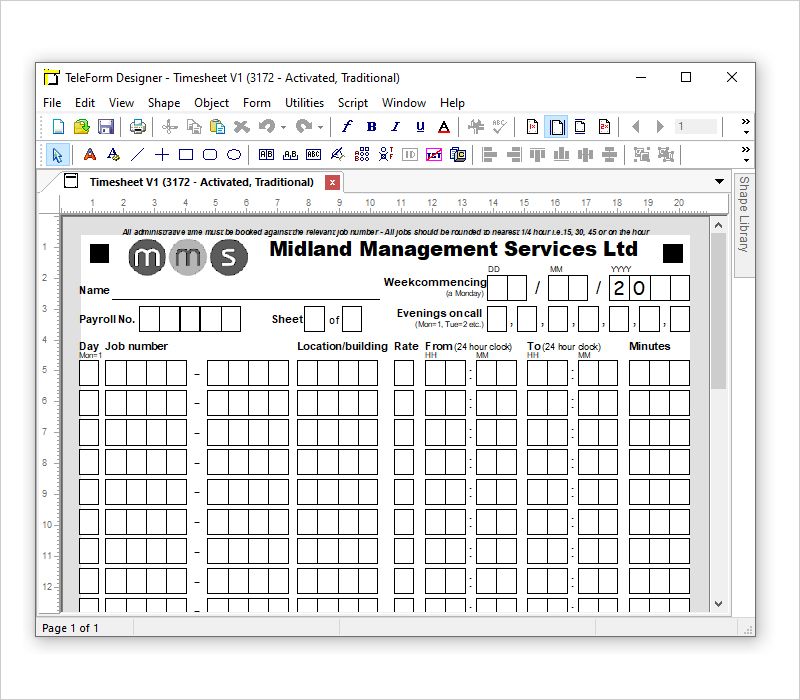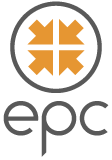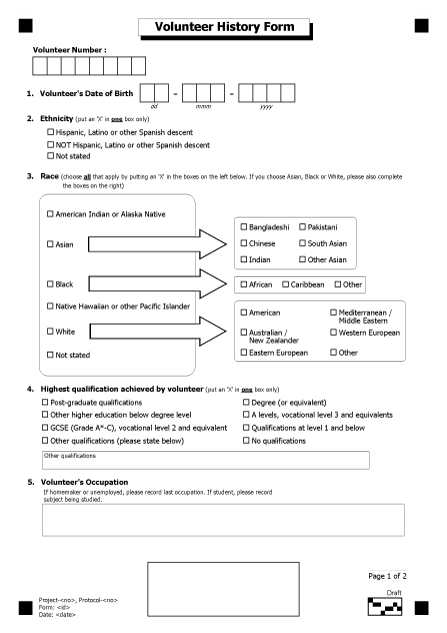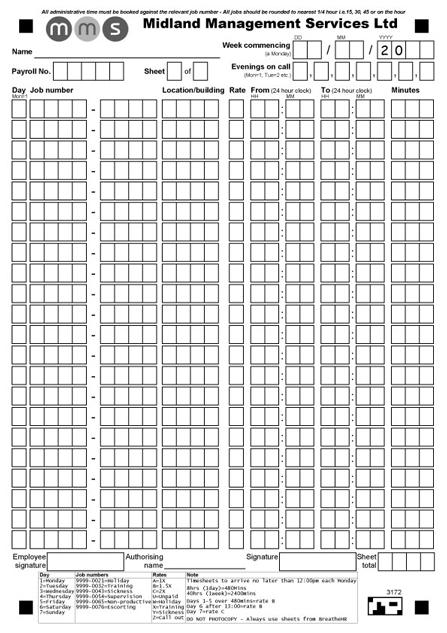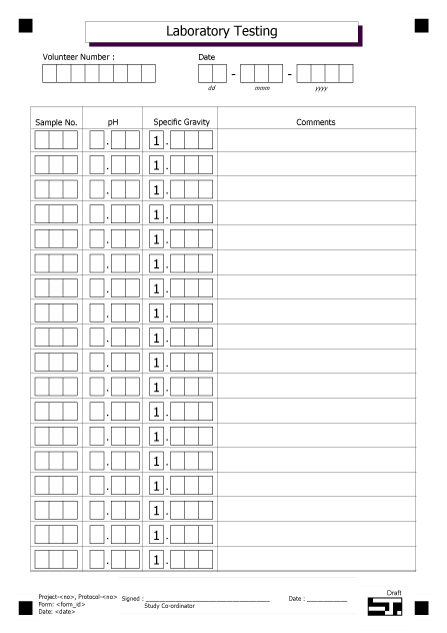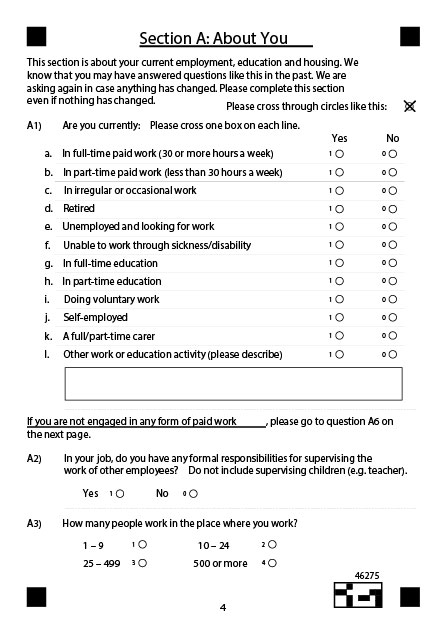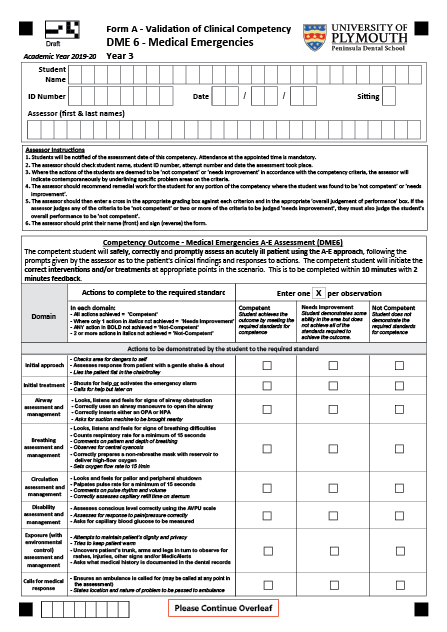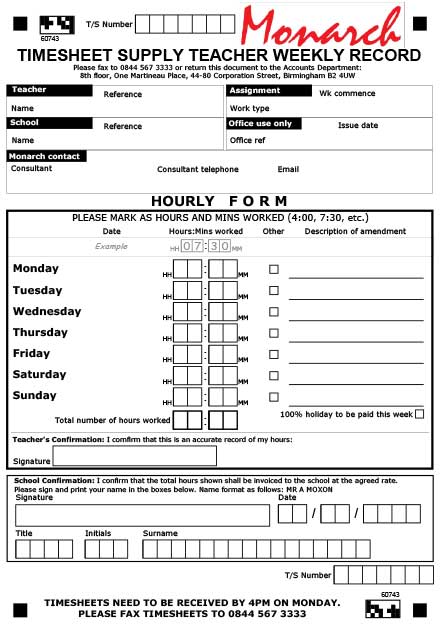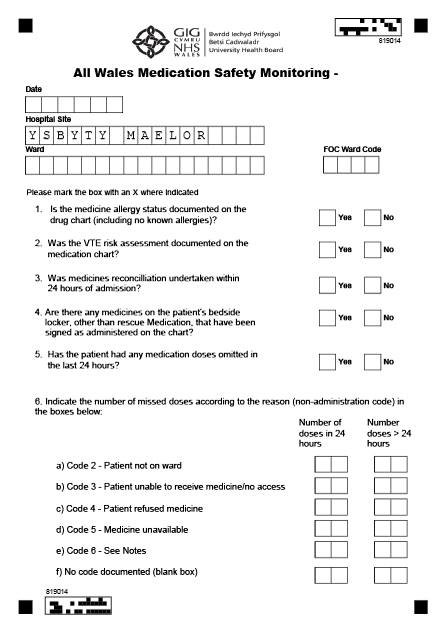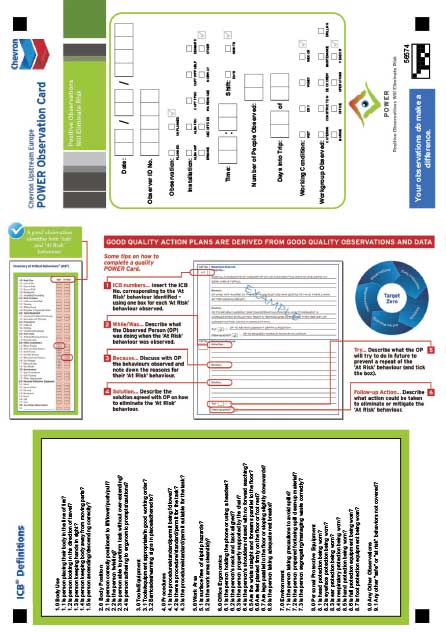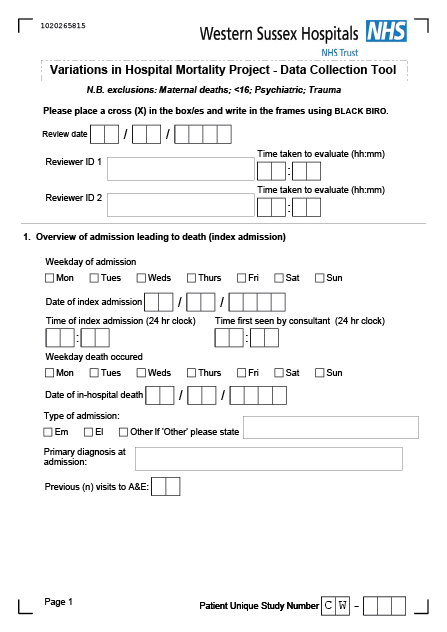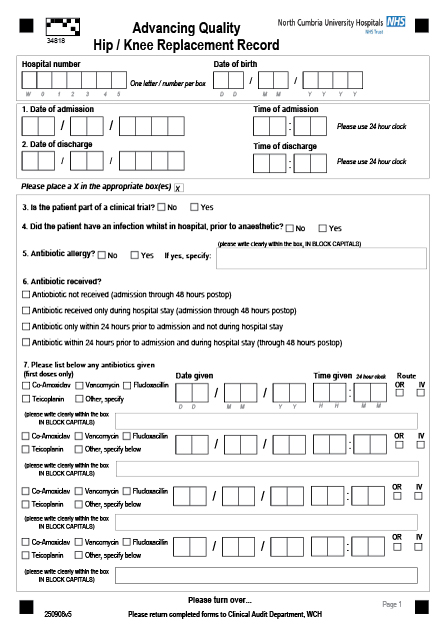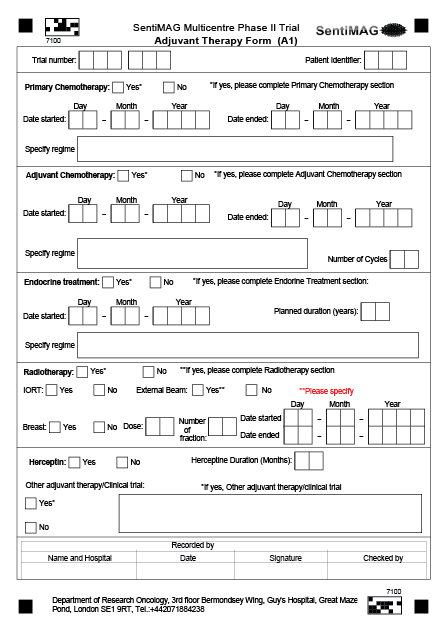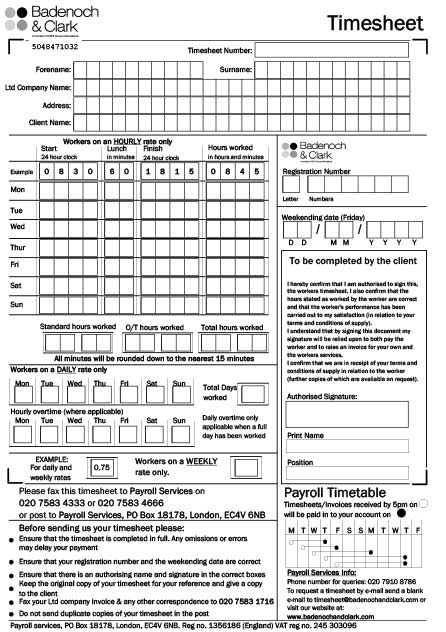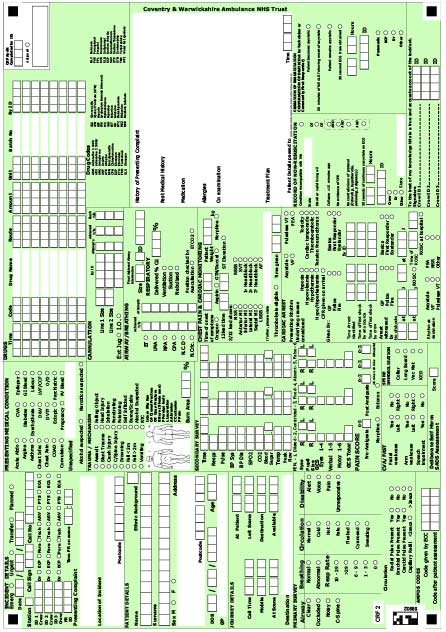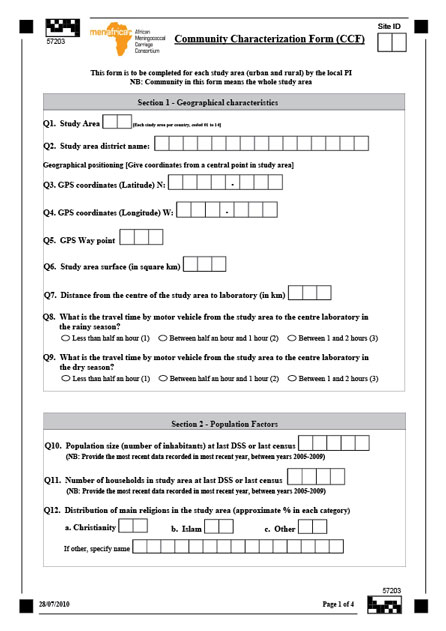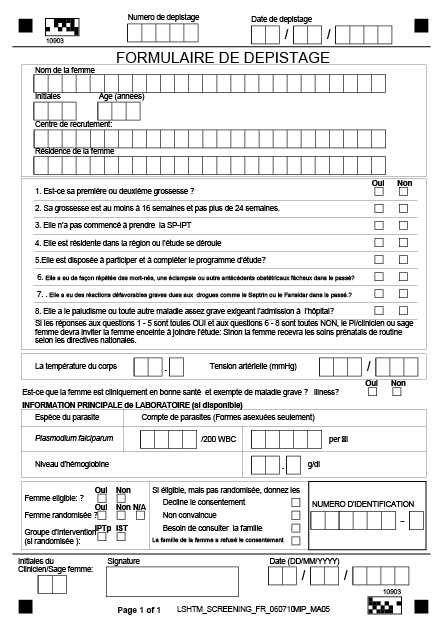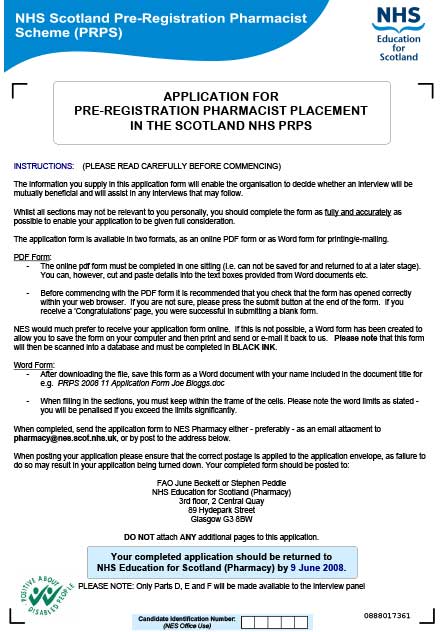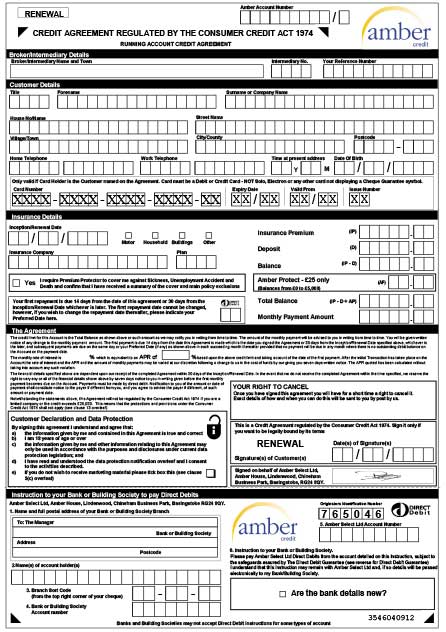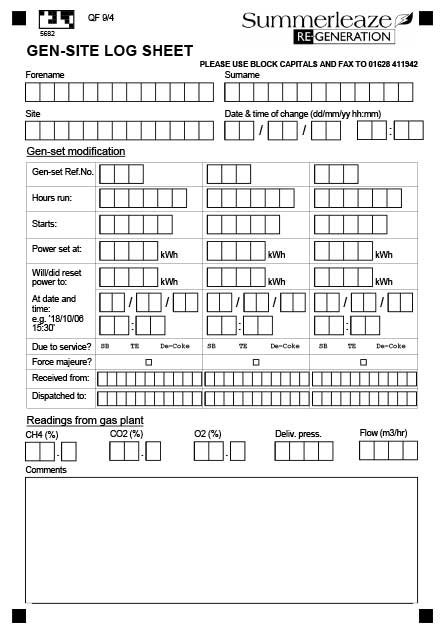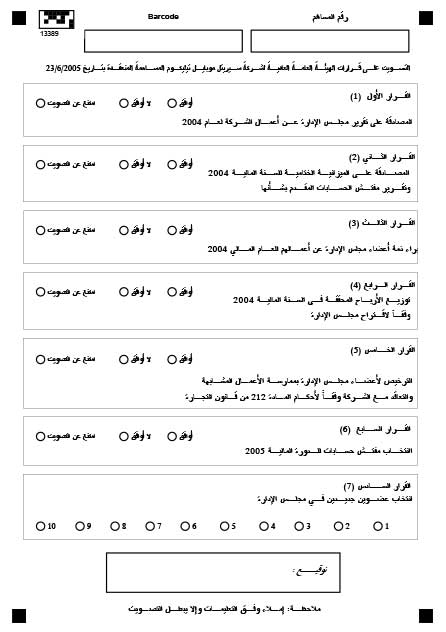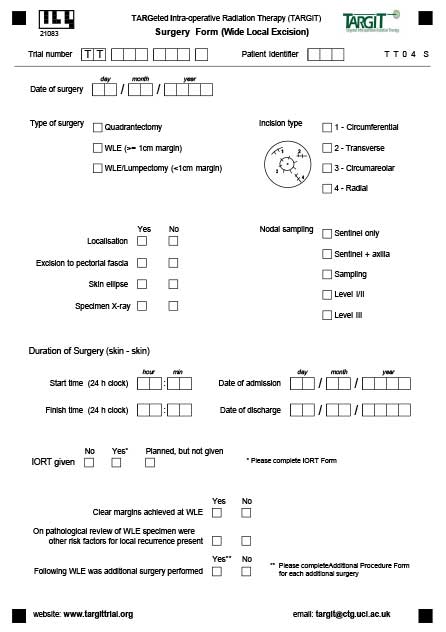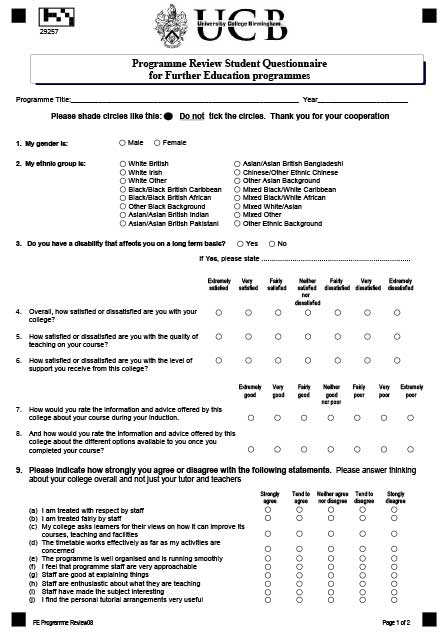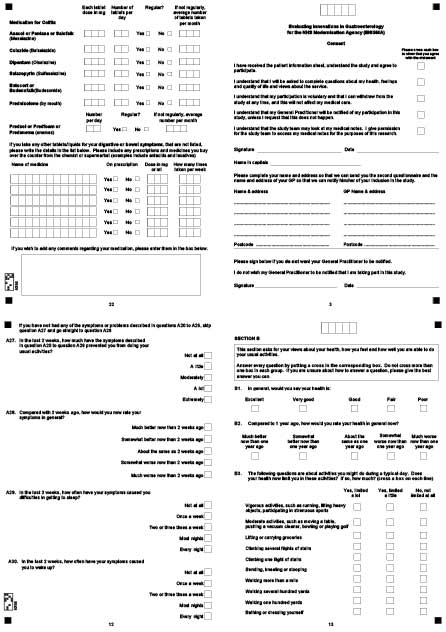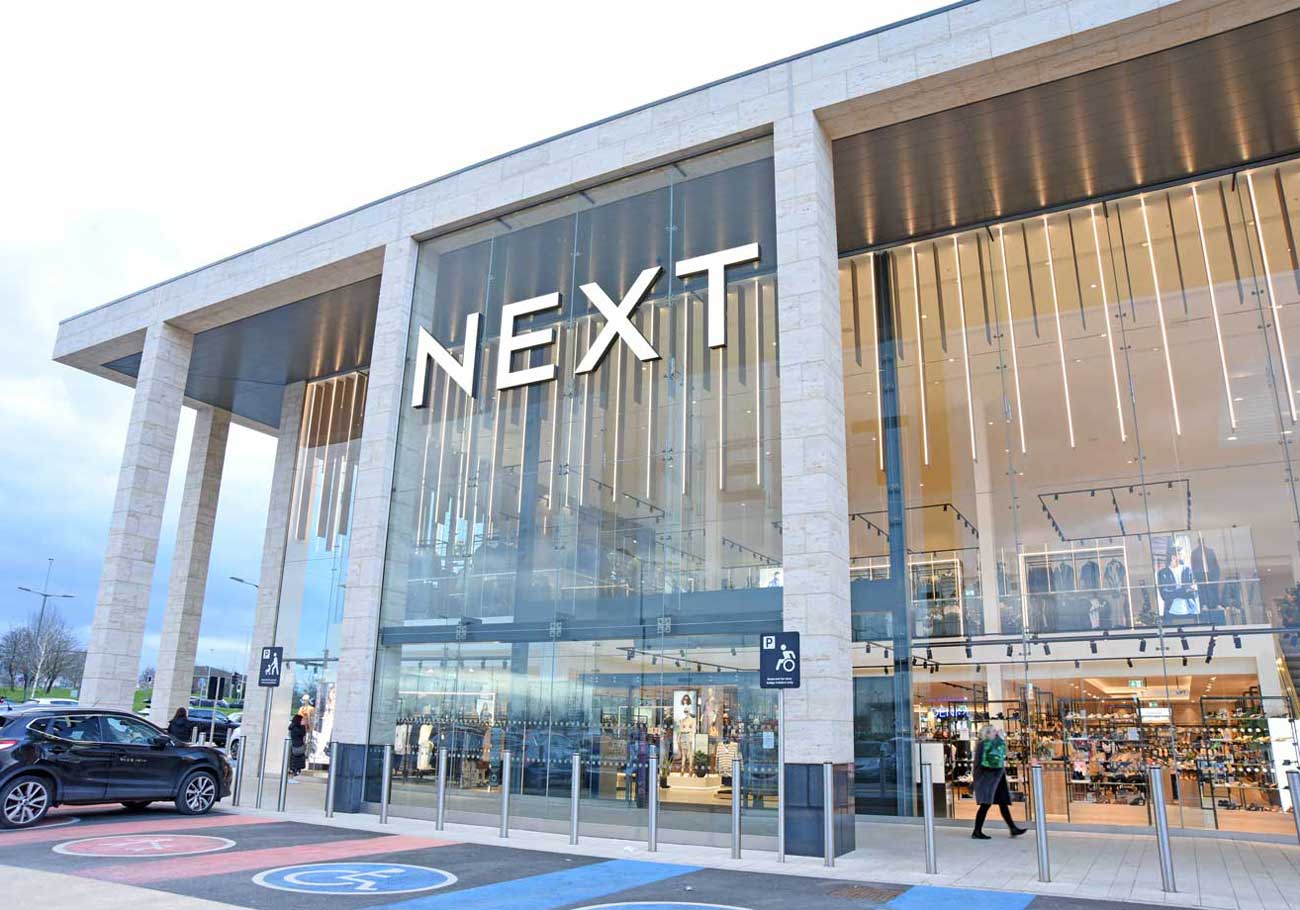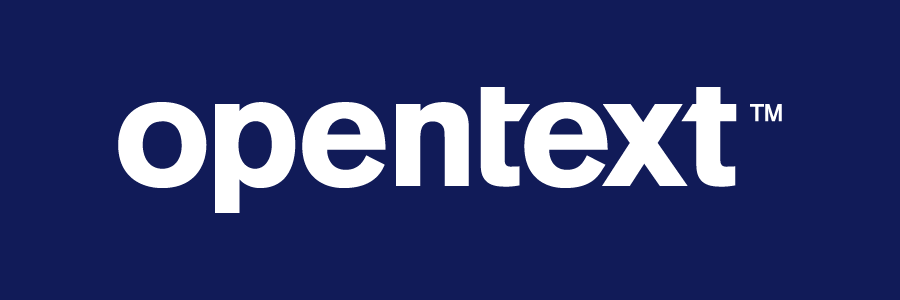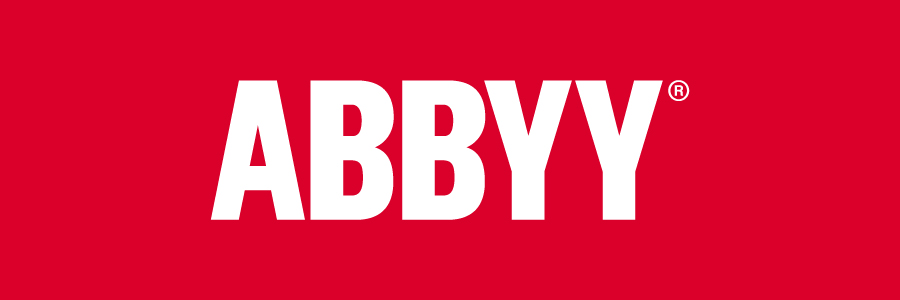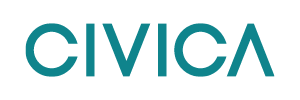Form design
Our data capture systems automate the entire process of collecting, evaluating, validating, and storing form data. It can help you create forms, distribute them, and automatically evaluate the returned data. After interpreting the results, the system will export the information to a database so that it can be used by your organisation immediately.
Existing data capture form design
We recommend designing data capture forms in the data capture software to improve the robustness of identification, handprint recognition and processing speed later in the process. However, if you prefer, you can scan existing paper based data capture forms and overlay the structure on top to allow the system to capture your existing designs.
New data collection forms and surveys
A structured form template improves the processing of the scanned data capture form, reduces manual intervention, and increases capture rates. It can utilise page furniture such as cornerstones and identifying barcodes to improve recognition, whilst constrained-print fields capture human hand-print in the most efficient way.
Design data collection forms
A drag-and-drop form designer provides an object library of fields, components, and graphics to quickly build new form templates. An intuitive user interface allows you to design data capture forms in a variety of styles.
Powerful features allow you to setup data entry fields to capture data from paper forms, perform lookups, enforce data validation rules, and set-up automatic exports. You can define image zones, pre-fill fields and setup automatic page linking.
You can even add your logo, change the fonts, and use your corporate colours to match brand guidelines.
Form merging and distribution
Once form templates are created, information from a database may need to be merged with fields on the form prior to distribution via PDF, print, fax, or eMail. Common examples include:
- Printing sequential tracking numbers or barcodes on forms to track forms sent to and returned by participants
- Barcoding multi-page forms to link pages together, even if pages become mixed up
- Pre-filling address labels or header information on a form
- Create a PDF containing the data captured from a paper copy to act as a receipt confirmation
- Personalise forms with relevant information e.g. candidate name, school, and DOB on an exam paper
Once the data has been merged, the forms are automatically faxed, eMailed, or printed for manual posting to recipients.
We can design and process surveys, questionnaires, and forms for many diverse industries including:
Finance and insurance
Use cases include:
Loan applications, credit reports, new account opening, underwriting, claims, reinsurance and many more.
Healthcare
Use cases include:
Patient enrollment, insurance claims, release of information, case report forms (CRF), patient surveys, patient encounter forms, patient consent, prescription orders, pathology forms, adverse events, clinical trials and many more.
Education
Use cases include:
Student applications/enrolment, financial aid, student transfers, grants, exam scripts and many more.
Government and public sector
Use cases include:
Tax forms, vehicle registration, business licenses, benefit forms, market research, census, service requests and many more.
Internal operations
Use cases include:
Engineering change orders, sales order processing, IT system access, records management, work order processing and many more.
Customer service
Use cases include:
Customer satisfaction surveys, feedback questionnaires, and many more.
Human resources
Use cases include:
Employee onboarding, review and approval, new hire process, timesheets/timecards, holiday requests, employee expenses, travel request approval, and many more.
Industrial
Use cases include:
Site visit reports, equipment checks, safety incident reporting, inspection logs and many more.
How to design data capture forms
A structured form template improves the processing of the scanned document, reduces manual intervention, and increases capture rates.
The phrase structured form template refers to the consistency of objects on a template. Most templates are highly structured with form ID blocks and data entry fields are in the same place on every copy of the form. For example, one “timesheet” will have the same structure as every other “timesheet”, even though the data entry fields contain different values.
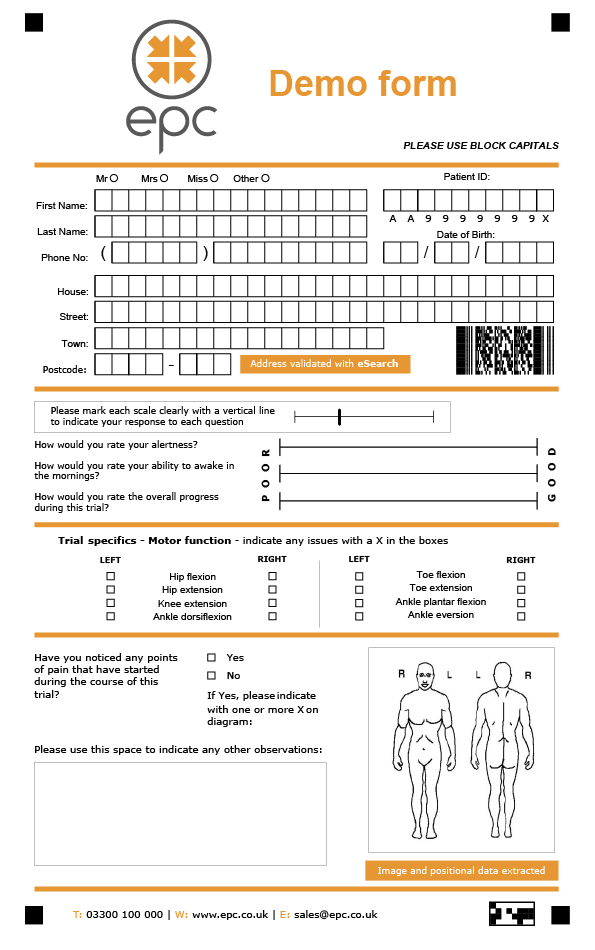
Choice fields
Add a choice field to your form to accept a single choice (e.g. yes/no) or multiple choice (e.g. select option A/B/C/D).
Choice Fields consist of a single column, or row, of choices and offer an array of different styles including bubbles, boxes, underlines, responses and brackets.
To improve OMR (Optical Mark Recognition) accuracy, it is recommended to use bubbles and boxes rathar than circling a response or marking within brackets.
Cornerstones
Cornerstones will assist with page alignment, de-skewing images and adjusting for print or scan size variations.
Constrained print fields
Handwriting is most effectively read by ICR (Intelligent Character Recognition) technology when it is laid out in a constrained print field, with one character per box.
Form designers can add a constrained print field to gather data such as names, dates, and numeric figures. The boxes act as guides for the person filling out the form, with one dedicated space for each letter, number or character in the response.
Capture zones
Capture Zones are typically used to capture blocks of cursive handwriting or other unquantifiable data. They are presented to the operator to allow high-speed coding or re-keying of the content. Advanced features, such as mark identification or predictive typing, help speed up this process.
Image zones
Image zones can capture machine-print text, barcodes and pictures. This element is often used to capture printed address labels, barcodes or provide images of handwritten comments.
Form identification block
Form identification blocks help with page rotation (where the sheet is scanned upside down) and answer sheet identification for reconciliation. It will also help with version control should future versions of the form need to be used in parallel with older but very similar forms.
Barcode
Data capture software can recognise all standard barcode types, including 2D matrix barcodes. These can be added to your form to identify respondents.
Unconstrained Likert scale
An unconstrained Likert scale (named after Rensis Likert) can be used to allow respondents to provide a rating or response without subconscious bias caused by limiting ratings to pre-defined values within a range.
-
Choice fields
Add a choice field to your form to accept a single choice (e.g. yes/no) or multiple choice (e.g. select option A/B/C/D).
Choice Fields consist of a single column, or row, of choices and offer an array of different styles including bubbles, boxes, underlines, responses and brackets.
To improve OMR (Optical Mark Recognition) accuracy, it is recommended to use bubbles and boxes rathar than circling a response or marking within brackets.
-
Cornerstones
Cornerstones will assist with page alignment, de-skewing images and adjusting for print or scan size variations.
-
Constrained print fields
Handwriting is most effectively read by ICR (Intelligent Character Recognition) technology when it is laid out in a constrained print field, with one character per box.
Form designers can add a constrained print field to gather data such as names, dates, and numeric figures. The boxes act as guides for the person filling out the form, with one dedicated space for each letter, number or character in the response.
-
Capture zones
Capture Zones are typically used to capture blocks of cursive handwriting or other unquantifiable data. They are presented to the operator to allow high-speed coding or re-keying of the content. Advanced features, such as mark identification or predictive typing, help speed up this process.
-
Image zones
Image zones can capture machine-print text, barcodes and pictures. This element is often used to capture printed address labels, barcodes or provide images of handwritten comments.
-
Form identification block
Form identification blocks help with page rotation (where the sheet is scanned upside down) and answer sheet identification for reconciliation. It will also help with version control should future versions of the form need to be used in parallel with older but very similar forms.
-
Barcode
Data capture software can recognise all standard barcode types, including 2D matrix barcodes. These can be added to your form to identify respondents.
-
Unconstrained Likert scale
An unconstrained Likert scale (named after Rensis Likert) can be used to allow respondents to provide a rating or response without subconscious bias caused by limiting ratings to pre-defined values within a range.
Data capture form examples
Please click on the thumbnails below to view examples of data capture forms:
-
-
Midland Management Services timesheet
View form
-
-
ALSPAC Parents’ Questionnaire 2020.
This was completed by the original study mothers and fathers (G0) with questions about health, faith and beliefs, feelings, reproductive health (females only) and future data collection thoughts.
View form
-
Validation of Clinical Competency form
View form
-
Timesheet supply teacherweekly record
View form
-
All Wales Medication Safety Monitoring form
View form
-
-
Diagnosis and Treatment Planning Assessment (DTPA) form
View form
-
Variations in Hospital Mortality Project - data collection form
View form
-
Advancing Quality Hip/Knee Replacement Record
View form
-
SentiMAG Multicentre Phase II Trial (Adjuvant Therapy Form)
View form
-
-
-
Community Characterization Form (CCF)
View form
-
-
Pre-registration pharmacist scheme form
View form
-
Amber Credit - credit agreement form
View form
-
-
Shareholder voting ballot form
View form
-
-
Programme review - student questionnaire for further education programmes
View form
-
